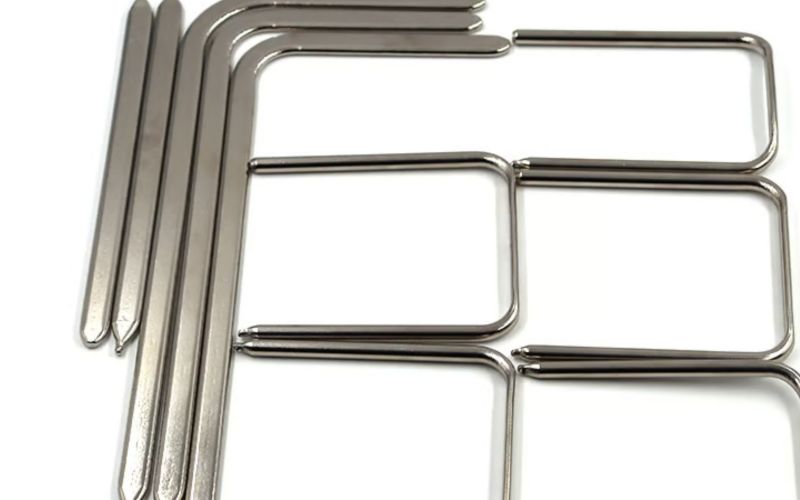The Purpose of Copper Pipe in Heat Dissipation
Copper pipe is a type of pipe commonly used in heat dissipation systems. Unlike other materials, copper is an excellent conductor of heat, making it ideal for this function. From HVAC systems to solar water heaters, copper pipes are used extensively in many heat dissipation applications.
Types of Copper Pipes for Heat Dissipation
There are two main types of copper pipes used in heat dissipation: hard and soft copper pipes. Hard copper pipes are rigid, and they are commonly used in long runs. Soft copper pipes are flexible, and they are often used in tight spaces that require bending or maneuvering.
Advantages of Copper Pipes for Heat Dissipation
In heat dissipation applications, copper pipes offer several advantages, such as excellent heat conductivity, corrosion resistance, and durability. Compared to other materials like plastic, copper pipes can withstand high temperatures, making them an ideal solution in HVAC and solar systems. Additionally, copper pipes do not rust or degrade over time, providing long-lasting performance and reliability.
Applications of Copper Pipes in Heat Exchangers
Copper pipes are commonly used in heat exchangers, which are devices that transfer heat between two fluids. Heat exchangers are used in many industries, including HVAC, refrigeration, and chemical processing. In these applications, copper pipes are used to transfer heat from one fluid to another, ensuring efficient temperature control.
Copper Pipes in Solar Water Heaters
Copper pipes are also used in solar water heaters, which are devices that harness the power of the sun to heat water. In these systems, copper pipes are used to transfer heat from the solar collectors to the water storage tank. Copper pipes are ideal for this application because they can operate at high temperatures without degrading or corroding.
Copper Pipes in HVAC Systems
Copper pipes are a common choice in HVAC systems, which are used to heat and cool buildings. In these applications, copper pipes are used to transfer refrigerant, which is used to absorb and release heat. Copper pipes are ideal for this application because they can withstand the high pressures and temperatures associated with HVAC systems.
Installation of Copper Pipes for Heat Dissipation
To ensure proper heat dissipation, it is essential to install copper pipes correctly. This includes selecting the right size and type of copper pipe, as well as ensuring proper insulation. Additionally, copper pipes should be installed with proper fittings and secured in place to prevent leaks or damage.
Maintenance of Copper Pipes for Heat Dissipation
Copper pipes require regular maintenance to ensure optimal performance. This includes inspecting for damage or leaks, cleaning the pipes if necessary, and ensuring proper insulation. Additionally, copper pipes should be inspected for corrosion, which can be addressed by applying a protective coating.
The Future of Copper Pipes in Heat Dissipation
As the demand for energy-efficient and sustainable solutions grows, copper pipes are expected to remain a popular choice in heat dissipation applications. Innovations in manufacturing and installation techniques are making copper pipes more cost-effective and efficient, ensuring that they will continue to play a vital role in maintaining comfortable temperatures and efficient systems.
Conclusion
Copper pipes are a critical component in many heat dissipation systems, offering exceptional heat conductivity, corrosion resistance, and durability. From HVAC systems to solar water heaters, copper pipes are used extensively in many applications. Proper installation and maintenance of copper pipes are essential to ensure optimal performance. As the demand for energy-efficient solutions grows, copper pipes are expected to remain a popular choice in heat dissipation.

